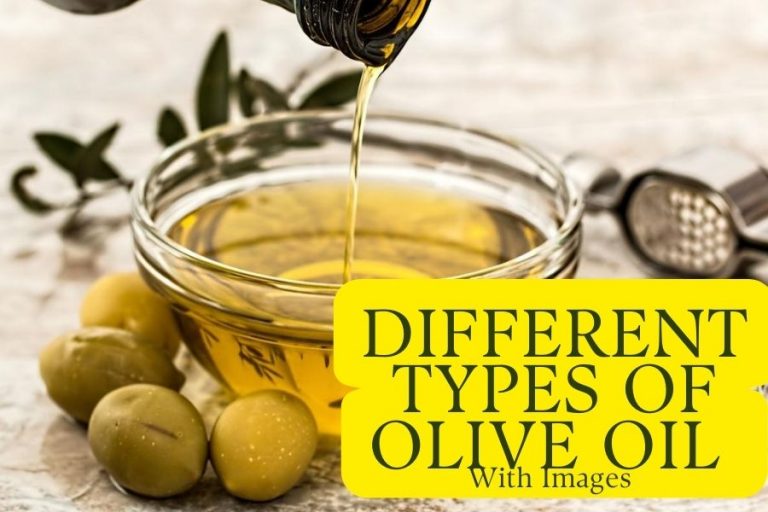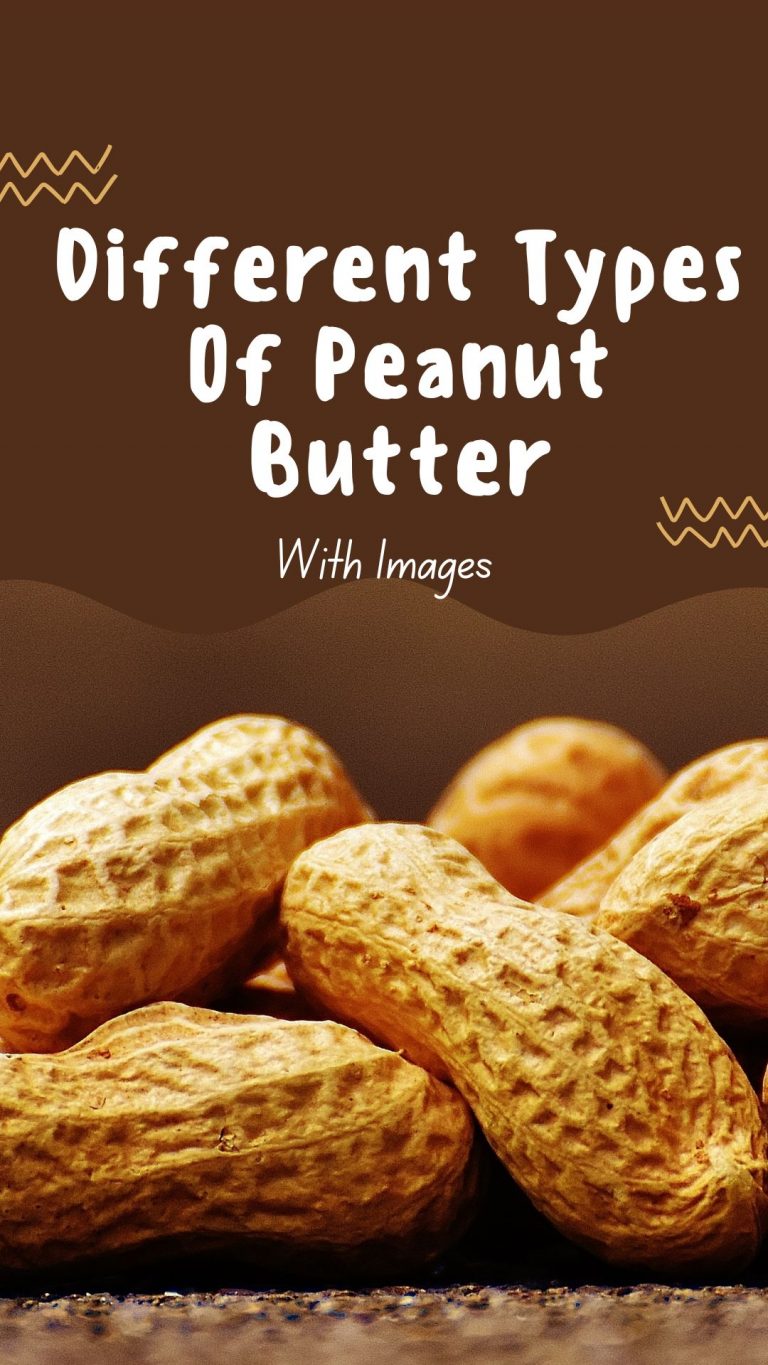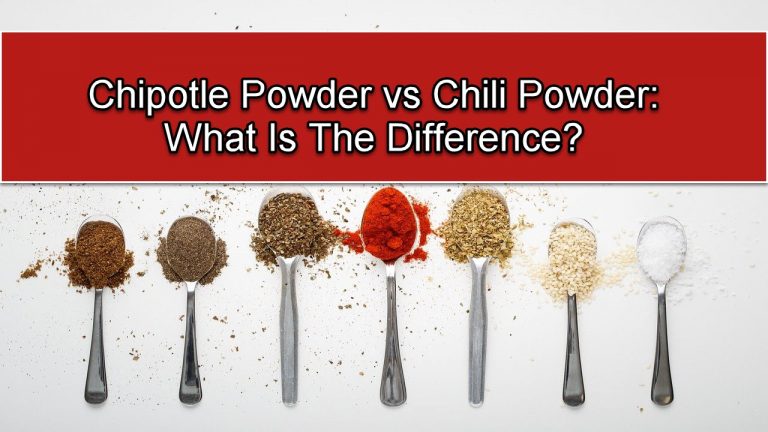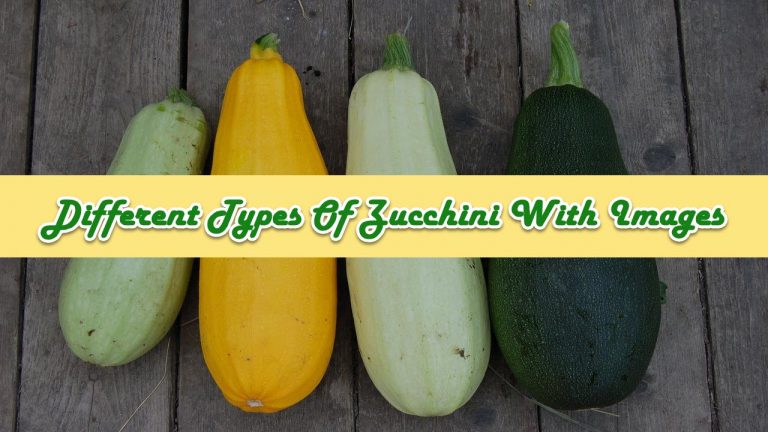9 Different Types of Kumquats with Images
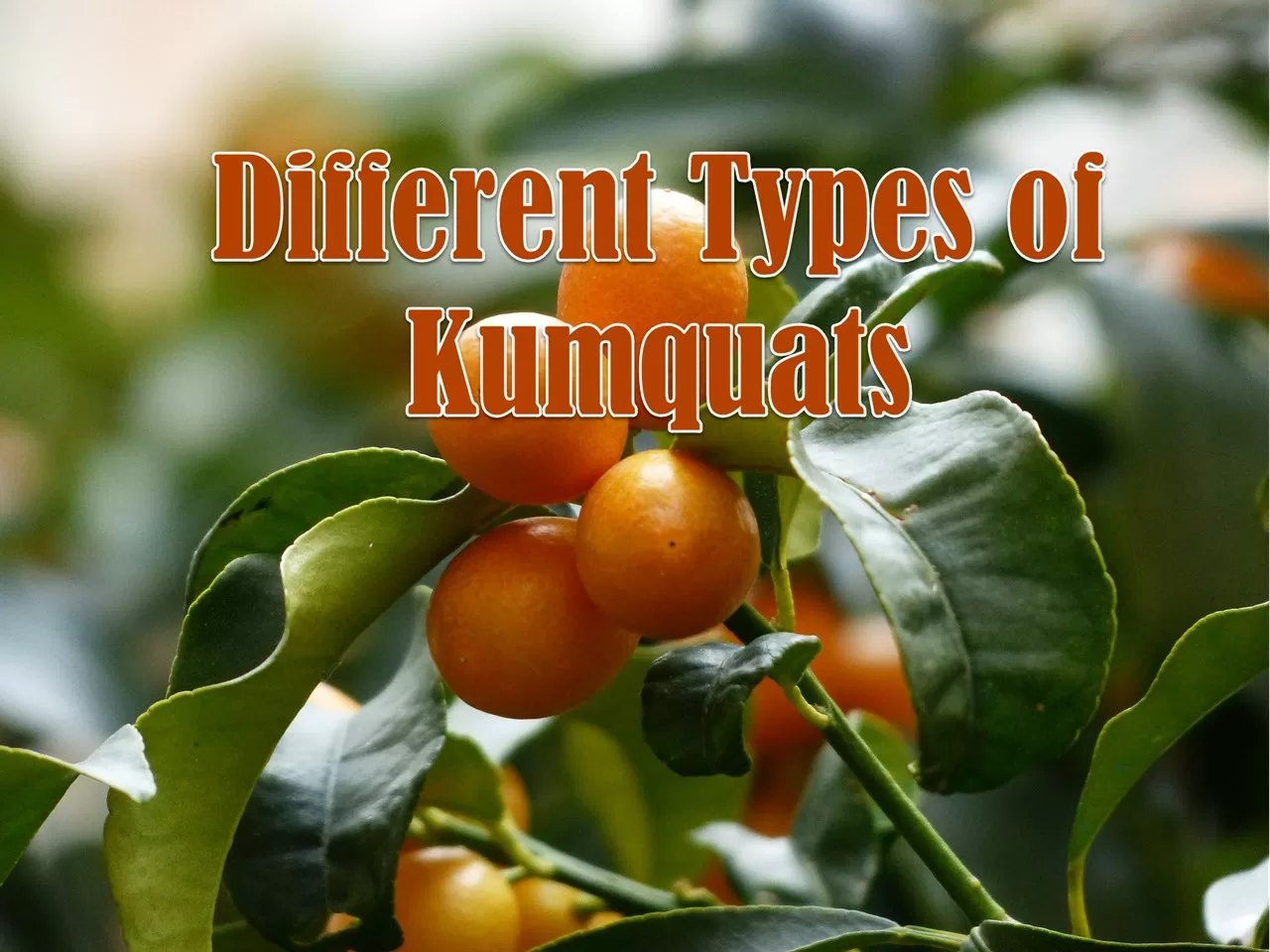
With a scientific name of Citrus japonica, Kumquats are related to the citrus family, with an edible fruit that tastes like oranges. They are sweet with an acidic hint on the pulps. In general, kumquats are native to China. But with the chance hybrid, different types of kumquats are cultivated in other parts of the world, including Asia, Europe and North America. It was also introduced in London around 1846 by a Scottish botanist, Robert Fortune.
Kumquat trees are mainly from the flowering plant family Rutaceae, which are a group of small fruit-bearing trees. These slow growing shrubs can stand up to 15 feet tall. They have dense branches, with few thorns and dark glossy green leaves. The bigger the kumquat trees are, the more fruits they produce each year.
The fruits of the kumquat trees are round that look like oranges in color and shape, but they are smaller in size. It is comparable to an olive fruit and they are on the cold-hardy variety of fruits.
Are Kumquats Healthy?
The peels of the kumquat fruits emits a nice aroma, thanks to their oil glands that hold the secret. But aside from the good smell, kumquats are also very healthy. Since kumquats are related to the citrus family, they are very high in vitamin c content. Eating the flesh will also give you about 3 mcg of Vitamin A.
But you can’t just throw away the skin of kumquats as they are rich in fiber and antioxidants. Aside from that, you can also experience a guilt-free snack by eating these produce since they are also cholesterol-free and low in fat and sodium.
What are the 9 Different Types of Kumquats
Now that you have an idea of what kumquats are and their main health benefits, let us dive into the different types of kumquats and their characteristics. Types of kumquats are determined mostly by their taste, shape, flavor and appearance, like the skin.
Kumquats are actually divided into two sub-genus using the Swingle system by the famous Walter T Swingle. Those are Protocitrus that contains the primitive Hong Kong kumquat and the Eufortunella that consists of the Malayan kumquat, Jiangsu kumquat, round, oval kumquat, and the Meiwa kumquats.
Check the name of the kumquat variety that you might be familiar with by reading the details and information below. Kumquat hybrids are also included in the list for reference.
1. Hong kong Kumquat
This kumquat fruit variety is often referred to as hong kong wild or Golden Bean kumquat under the fortunella hindsii family. The golden bean kumquat has slightly larger produce when compared to other types. The kumquat tree of this type has more slender leaves, and shorter spines.
Aside from the typical vitamins that you’ll get from eating kumquats, this citrus fruit also offers a good amount of phytonutrients flavonoids like carotene, tannin, zeaxanthin, and pectin. The produce of the Hongkong kumquat are acidic types of fruit with very little pulp and large seeds inside.
2. Nagami Kumquat
The nagami kumquats are one of the most popular types that you can find in the markets around the world. They are well-known in Asian countries, mainly in China. The nagami kumquat tree produces oval-shaped fruits that mature from mid to late winter season.
The ripe nagami kumquats are usually eaten whole, and that includes the skin of the fruit. The flesh inside the nagami fruit may taste sour, but the nagami skin will contrast it with its very sweet kumquat flavor. This is the reason why it is advised to eat the ripe nagami whole as it will produce a tart-sweet, refreshing taste.
Eating the whole fresh nagami kumquat will provide you with the immune-booster vitamin C, digestive health-aiding fibers, and sufficient amounts of water that should also help in reducing weight.
3. Marumi Kumquat
These round kumquats are also called Morgani kumquat of the citrus japonica family. Marumi kumquat trees produce edible golden-yellow fruit that are round and small. The skin or peels of these kumquat varieties tastes sweet, but sour at the center.
You can eat these types raw and fresh to experience its pulp tart-sweet taste, or process them into jellies, jams, and marmalades. But aside from being a staple fruit, marumi kumquats symbolizes good luck in some Asian countries, like China. Also, these kumquat types have a higher cold resistance, making them a popular type of kumquat tree to be planted in countries with colder climates.
4. Meiwa Kumquats
Meiwa kumquat cultivars originate in China, but it has been introduced to Japan during the 19th century. The meiwa kumquat tree produces average-sized fruits that are round in shape. The rinds of the meiwa are thick with an aromatic peel that are high in volatile oils.
Meiwa also contain a lot of seeds that would produce a slightly bitter taste when eaten. But the peels of Meiwa is very sweet and should remove the bitter taste of those seeds.
5. Jiangsu Kumquat
These varieties of kumquats are from the basic types of Citrus obovata or Fortunella obovata family. It is also called fukushu kumquat and the kumquat trees of these types bear an edible round or teardrop shape fruit. These types are bright orange in color when matured or ripe.
The kumquat plant of jiangsu has distinctive leaves when placed beside other types of kumquats. These kumquats are usually planted as an ornamental plant, but they are also cultivated due to its edible fruit. Jiangsu kumquats are also eaten with its sweet peels to balance the tart flavor of its pulp.
6. Malayan Kumquats
These types of kumquats are from the kumquat hybrids of Fortunella polyandra or Tanaka’s Fortunella swinglei. This variety of kumquat is grown in the Malaysian peninsula and it is called limau pagar or hedge lime.
The kumquat tree of the malayan kumquats bear small and round citrus. It has a thin, smooth rind that’s divided into five parts or segments. You can find the seeds in its center that are oval in shape. Malayan kumquats taste sweet on its peels, with a protruding sour and tangy pulps.
7. Indio Mandarinquats
From its name, the Indio kumquats are kumquat hybrids of mandarin and kumquats, thus, the name mandarinquats suggests. This kumquat hybrid is often mistaken as a type of orange due to its very orange-like appearance.
Indio Mandarinquat kumquat trees produce a medium in size citrus that have an elongated and rounded, tear-drop shape with a tapered neck and protruding bottom. These kumquats are available for a short season in the winter through early spring.
Also, just like the basic types of citrus fruit, the indio mandarinquats are rich in vitamin C and dietary fiber. This citrus also contain essential minerals such as beta-carotene, lutein, and zeaxanthin.
8. Calamondin
Calamondin is said to be a kumquat hybrid by combining calamansi (Philippine Lemon) and mandarin orange. This is a very popular kumquat fruit found in the islands of the Philippines, but it is also believed that this kumquat originates in China.
Calamondin kumquats are very small, round shaped fruits that have an orange peel when fully matured. This natural hybrid fruit has a very juicy pulp that offers a sour tangy flavor.
Due to its hardiness and tolerance to low temperatures, calamondin kumquats are available whole-year round. Though, these citrus japonica fruits should be harvested when they are only half-ripe and just starting to change their peels color.
9. Eustis Limequats
Eustis limequats are created by combining the Mexican Key Lime (west indian lime) and kumquat. This hybrid is definitely a good type to cultivate as it produces fruits with a strong and fragrant tart lime flavor, combined with the sweet edible peel.
The kumquat trees of eustis limequats produce a small, oval, greenish-yellow fruit that contains seeds or pips at the center of its pulps. The fruits can also be eaten as whole or make use of them to enhance the flavor of your drinks and dishes.
Aside from those mentioned types above, there are other hybrids that also exist, such as the Centennial Variegated Kumquat. It is said that this kumquat type is the result of combining the Nagami Kumquat and a mandarin.
Their trees still grow in an upward growth habit and produce larger fruits than other types. Now that you know some of these fruit types, go to your local supermarket and experience their delectable taste.
